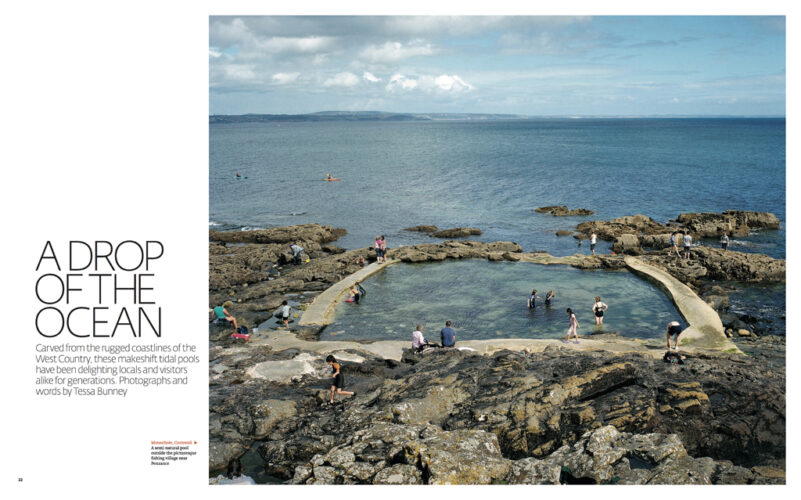

Rapid recycling of Si within both marsh and the tidal creeks appeared to be important in the transformation of Si and export from the marsh. Silicon was exported to the estuary as DSi (49 g m −2 y −1) and BSi (35 g m −2y −1) in stoichiometric excess of nitrogen and phosphorus.

In addition, the effectiveness of Si soil amendments to ameliorate the negative effects of excess nitrogen on Spartina alterniflora was examined through laboratory and field experiments. Here, Si fluxes were examined to develop a Si mass balance in a nitrogen (N)-enriched marsh created with fine-grained dredged material from the Chesapeake Bay, United States.

The role of restored and created tidal marshes in these processes is not well understood, nor is the impact of nutrient enrichment at either the plant or ecosystem level. Tidal marshes are important sites of silicon (Si) transformation, where dissolved Si (DSi) taken up by macrophytic vegetation and algal species is converted to biogenic silica (BSi), which can accumulate in the soil, be recycled within the marsh, or be exported to adjacent coastal waters. 4Department of Plant Pathology and Ecology, The Connecticut Agricultural Experiment Station, New Haven, CT, United States.3Wye Research and Education Center, University of Maryland, Queenstown, MD, United States.2Department of Geography, University of California, Santa Barbara, CA, United States.1Horn Point Laboratory, University of Maryland Center for Environmental Science, Cambridge, MD, United States.And thanks to iNaturalist, I can finally tell the difference between a handful of species of sea stars.L. Most of the ones I have come across are far beyond where my feet can take me, but bright enough to see from a distance, especially with the help of my camera’s zoom. I’ve seen sea stars in purples, oranges, and reds, but even with their bright colors, they can still be hard to spot. Something about spotting these uniquely-shaped creatures is so exciting. What always feels like a special treat is when I find a sea star. Whether they are packed in groups or solitary, all are hypnotizingly interesting. Here along the Central Coast you may find sunburst anemones, aggregating anemones, giant green anemones, or even moonglow anemones. Their iridescent green, yellow, pink, and purple colors and radial symmetry remind me of a kaleidoscope. Others that are a bit further from the protection of the water, maybe during a low tide, have their tentacles tucked away, revealing their usually hidden pebble-covered column. Some anemones might have their long tentacles exposed, flowing with the slight pull of the tide. Their tentacles are used for both defense and for capturing prey. Anemones are marine, predatory animals that are related to corals and jellyfish. You may notice several sea anemones of every size and color, both in the sand and on the rocks. It’s kind of like a pocket field guide, except it’s made up of your own findings! iNaturalist uses photo recognition and GPS to determine the best guess of what an organism is–and all you have to do is upload a picture! It’s been a great educational resource for me and has allowed me to properly identify all the organisms you’ll see below. This app has been a game changer for me, and I highly recommend utilizing it during any outdoor experience, not just tide pooling. And of course, follow nature’s golden rule of respect: do not harm any living creatures or or remove them from their homes.Ī resource I always have ready is my phone so that I can take pictures and use the app iNaturalist. Allow yourself to take your time traveling through you will not only be helping protect the tide pool residents, but you’ll probably see more too. Many of the tide pool creatures are small and can blend into the rocky landscape. The key to exploring the tide pools is to watch where you step. These tide pools invite all who wander through to learn their secrets, and all it takes is paying attention. I spend hours at these places and take my own time to research their intertidal residents. Montaña de Oro State Park and Shell Beach are home to my favorite tide pools, and each time I visit I feel a mix of appreciation and wonder. From kelp to algae, mollusks to crustaceans, fish to anemones, there is always something new and exciting to see. This shallow, rocky area of the ocean, the intertidal zone, is home to a myriad of organisms. Gazing into the tide pools is like peering into another world.


 0 kommentar(er)
0 kommentar(er)
